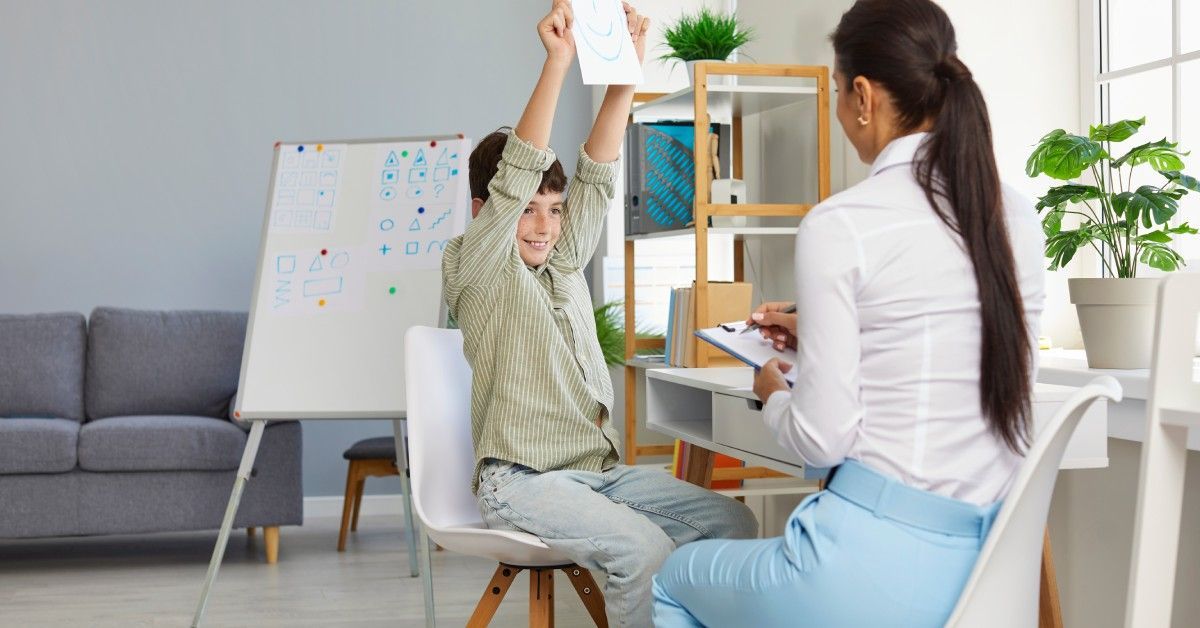Ways To Avoid Overstimulating Children With Autism
Certain environments or situations can trigger stress for many children with autism. This sensitivity and stress can lead to overstimulation, triggering a meltdown or irritation. When your child experiences sensory overload from sound, touch, or a new environment, simple outings can be challenging and disrupt your routine.
Here are a few ways to avoid overstimulating children with autism. It’s important to note that all children respond differently; try different calming methods to see which works best for your child.
Know the Signs of Overstimulation
Keep an eye out for signals of overstimulation whether you’re in a new or familiar environment. Check in with your child and ask how they feel and if they’re comfortable. If they’re having trouble communicating, look out for these signs:
- Signs of low energy
- Arm flapping
- Rocking
- Covering ears or eyes
- Tense muscles
- Signs of irritability
Create a Schedule Together
If you know your child’s schedule for the upcoming week, share it with them. You and your child can create a plan together to ensure there are no surprises. Going over this schedule with your child can help prepare them for the environment, allowing them to feel more comfortable and in control.
You can even search for pictures to show your child what the space looks like before the event. While talking to your child about their schedule, you should include the following information:
- What time you’re leaving home
- How long it takes to get to your destination
- Activities you will do
- Break or quiet time(s)
- What time you’re leaving
It’s important to have clear and concise communication with your child. While planning out the week, be transparent and gentle. If your child has questions, actively listen, and try to answer them.
Use Self-Soothing Techniques
The best way to avoid overstimulating your child is by teaching them self-soothing techniques. These methods will help them learn what to do when they start feeling stressed or overwhelmed. These methods could involve using fidget toys, taking a deep breath, counting to ten, or taking a walk. All children are different, so it’s important to try various methods to see which is favorable.
Stress and frustration often happen when your child is doing something new. Remember to always practice clear and gentle communication with your child. Be patient and diligent, trying new techniques to keep them calm and prevent overstimulation.
HANDS Center for Autism is an autism therapy center in North Carolina that strives for success. We are here to support you and your child throughout this journey. We provide ABA therapy and training that will help your child succeed socially and academically. Contact us today for more information.






